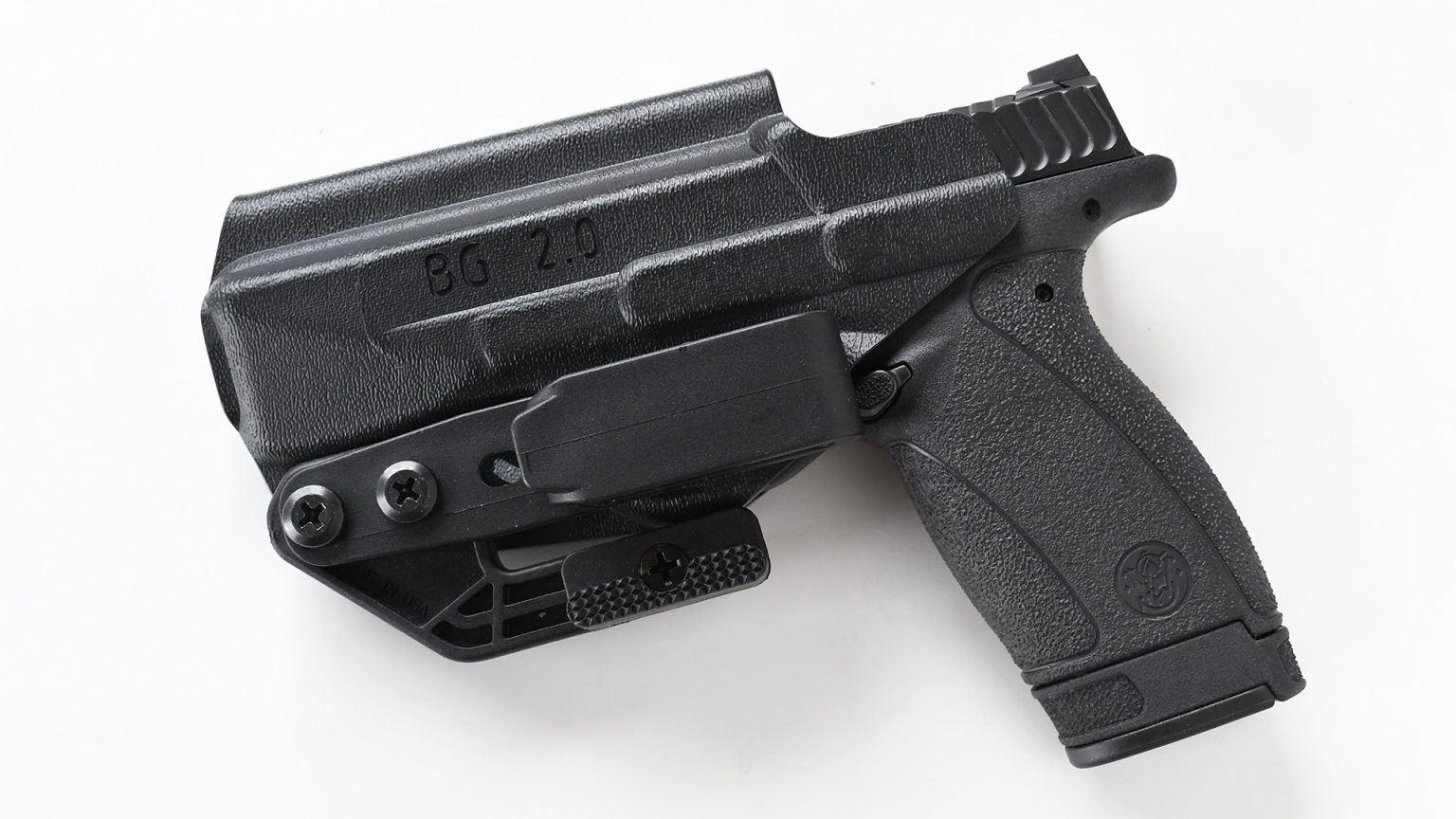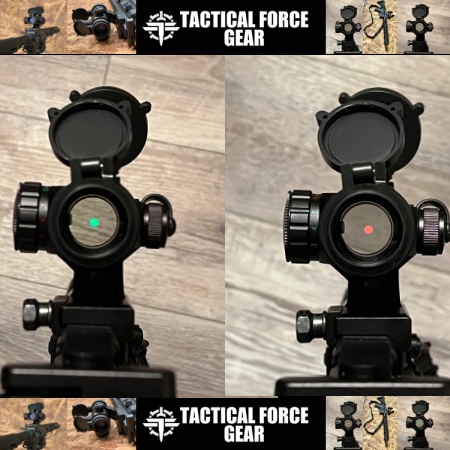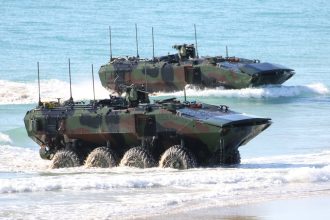I have recently gotten my hands on Smith & Wesson’s new .380 ACP Bodyguard 2.0, the micro-compact semi-automatic that launched last summer for an upcoming review in Shooting Illustrated. It’s not just the Bodyguard 2.0’s smaller hyper-concealable form-factor, its efficient use of space or its very generous 10- or 12-round standard capacity magazines that I like. It’s also because for its size, the Bodyguard 2.0 is a relatively soft-shooting and user-friendly handgun. Naturally, its biggest asset is its Lilliputian size. But the Bodyguard 2.0’s handiness means nothing without the ability to safely carry it.
As I’ve spent time shooting and carrying this tiny .380 ACP pistol, I found myself once again crossing paths with the Skeleton, one of PHLster’s more important holsters.
The PHLster Skeleton
The PHLster Skeleton is PHLster’s minimalist concealment holster. This sleek, slim and rugged holster is manufactured from a thick sheet of vacuum-molded black Boltaron. It’s folded symmetrically for ambidextrous function. Regardless of its specific gun fit, the basic contour of the PHLster Skeleton supports slide-mounted red-dot sights along with taller back-up iron sights. As such, the top portion of the holster clears the rear of a gun’s slide and the “crease” where the Boltaron bends in half serves as a “tall tunnel” with plenty of space for tall front sights.
The Skeleton’s fully symmetrical design means it’s not difficult to set up for either right- or left-handed carry. Because of its minimalist bent, the Skeleton only has one set of holes, as it was designed to work with a single clip and a Modwing wing attachment. The hole spacing pattern found on this holster is the same industry-standard spacing pattern found in other modern holsters that I’ve reviewed. In fact, the spacing on this set of holes is the key to the Skeleton’s Enigma compatibility and the compatibility of other non-PHLster holsters with the Enigma system.
Modwing And Griphook
Every PHLster Skeleton holster, whether used in conjunction with the Enigma Express or as a standalone, includes a Modwing clip. Designed by Andrew Henry of Henry Holsters fame, the Modwing is a fully reversible polymer clip that attaches directly to the Skeleton. It serves two functions. First, it works as a bushing that provides necessary space for other hardware like the polymer 1.5 inch Griphook belt clip (or the Enigma spacer). Second, its extended arm places tension against flat surfaces such as the wearer’s belt and waistband or Enigma faceplates for optimal concealment as the tension tucks the pistol closer to the body. A screw and a reversible “tip” means that each Modwing works for either right or left-handed carry.
The PHLster Skeleton is the backbone and go-to holster for the Enigma Express. However, I’m carrying the Bodyguard 2.0 on its own. In my case, the Skeleton includes a single Griphook 1.5 inch polymer hard belt loop. The Griphook is slightly thicker than the Discreet Carry Concepts Mod 4 or Raven Concealment polymer overhooks that I’m used to, but it does work as advertised.
The overall length of the Smith & Wesson Bodyguard 2.0 is shorter than my iPhone is taller. From breech to muzzle its barrel is only 2.75 inches long–the size of a standard 12-gauge shotgun shell. This means that the Bodyguard 2.0 has a very short slide, so I appreciate that the Skeleton holster for this model has nearly an extra inch of keel length for stability.
Enigma-less Carry With A Bodyguard 2.0
It’s true that the Smith & Wesson Bodyguard 2.0’s size makes it a fantastic candidate for Enigma Express concealment duty, especially in terms of deep concealment and/or alternative fashion choices. Again, I’ve only used the Skeleton as a standalone holster and can only attest to using it as such. Because the Bodyguard 2.0 is so small, the first time I donned the Skeleton and holstered the pistol, it nearly felt as if I were simply sheathing a small knife, not holstering a defensive pistol. Even fully loaded with the 12-round .380 ACP magazine, the Bodyguard 2.0 doesn’t weigh much and the single Griphook clip adequately supported the gun and holster on my gun belt.
The Skeleton only relies on natural, fixed retention by virtue of its construction, and I didn’t find that it encumbered my draw. The positive snap when re-holstering the pistol back in place is also appreciated. In many ways, carrying the Bodyguard 2.0 AIWB (appendix inside-the-waistband) just felt like business as usual. The holster stays in place and holds the pistol until it’s needed. Even with its extended keel, the Skeleton for the Bodyguard 2.0 is still a fairly short holster, and tweaking may be necessary to avoid printing.
The Takeaway
I don’t really have too many complaints about the PHLster Skeleton. It’s a quality minimalist ambidextrous holster that’s well-suited to cover the smallest carry pistols on the market. If there were something I had to change, I’d probably swap the Griphook belt loop for a Raven Concealment overhook due to my personal preferences. Thanks to the spacing of the hardware holes, this is an easy swap.
Read the full article here







